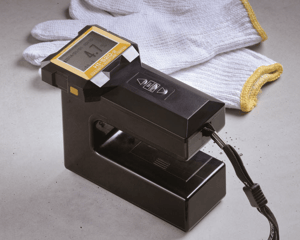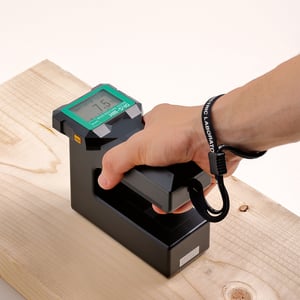 Manufacturers need to use every advantage they have to stay profitable in today’s competitive environment, especially in low margin industries such as food manufacturing, pulp and paper, chemicals or packaging.
Manufacturers need to use every advantage they have to stay profitable in today’s competitive environment, especially in low margin industries such as food manufacturing, pulp and paper, chemicals or packaging.
You look for measurement instruments that will help you keep your processes within tolerances, but it’s hard to know which one is best. In the past, no matter which measurement instruments you’ve tried, they never seem to work out.
The last thing you need is to reduce throughput, increase costs or produce more waste, before you give up - here are 10 tips for choosing the measurement instrument that's right for you.
- Know what you’re measuring — agree on what it is you want to measure. Is it line speed, product PH, thickness or moisture content? It may be all of these or more, but a multi-purpose measurement instrument probably won’t be as fast or accurate as devices built to do one thing well.
- Compare the speed of the test to the speed of your line — make sure that your maximum line speed is well within the measurement instrument's longest test time. If the times are too close, you may find you need to slow the line sometimes so the device can finish testing or provide accurate results.
- Check the MTBF (mean time between failure) — you may think you’ve found the perfect measuring instrument, but if it’s too delicate you’ll be shutting down production too often.
- Understand the preventive maintenance schedule — ideally, it won’t need servicing more often than the rest of the line equipment, but whatever the schedule make sure you follow it. You’ll get more accurate results and possibly prevent unplanned downtime.
- Price out all consumables required — make sure you know every consumable item and its cost per production period. Sometimes the less expensive instrument may not actually be less expensive.
- Get maintenance and integration costs in writing — if you plan to integrate the measurement device directly into your line, make sure you get the costs in writing. If the vendor will be providing warranty services, find out if you have to send the device to the manufacturer for repair, or if the technician will come to you. It can make a big difference in how long the instrument is out of commission.
- Look for real-time alerts — you'll want to ensure that it not only measures things correctly but tells you when things start to go awry. If you can get alerts by text or email and in a monitoring console, that is ideal.
- Ensure that the test device’s tolerances are the same as or tighter than your tightest specs — if a measurement instrument can’t measure to your tolerances, it’s a waste of time and money.
- Know where important spare parts are stocked —when equipment breaks, you’ll want it back up and running fast, but that may depend on where the manufacturer stocks repair parts. If there’s a particularly fragile or long lead-time component, stock your own spare in house unless the manufacturer keeps spares close by.
- Map out alerts and get assurances in writing that the device complies with your specs — make a list of all the measurements and alerts you want, and get assurances that the instrument can handle them all. It’s a good idea to check this part with references as well as the manufacturer’s spec sheet.
And here's a bonus tip: Always check to see if you can get a written performance guarantee... that way you’ll know that you are covered should there be an issue.
Learn about our Performance Guarantee here
Have questions? Book in a call with one of our qualified engineers - contact us here.


